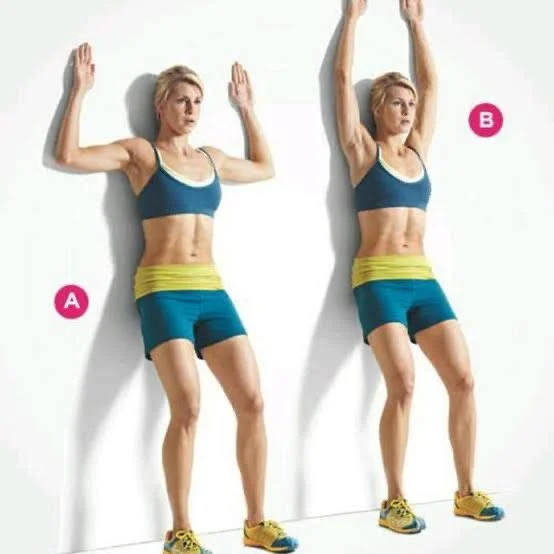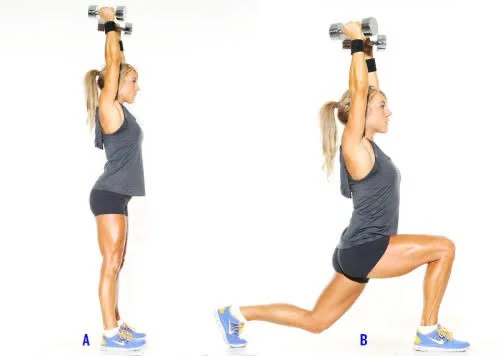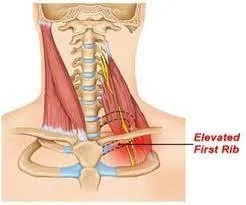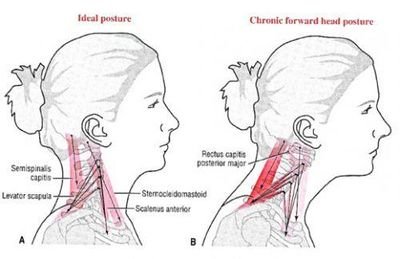The myth of “Upper trap tightness”: Why is it always tight?
Alright, now that I have your attention, let's discuss a common scenario: your upper trapezius muscle feels tense and overworked after a rigorous workout, a long run, or extended hours at your desk. In response, you may resort to various treatments like massaging, stretching, or smashing it with a massage ball. These methods might provide temporary relief, but the discomfort tends to return persistently.
Why does this happen? It's because we're approaching the issue incorrectly!
Many believe that the upper trap muscle is inherently tight or overactive, leading to chronic pain. Therapists often recommend massage or stretching to release tension. However, I argue that we're missing the mark.
Contrary to popular belief, the upper trap is usually long and weak, not short and tight. Alternatively, the problem might lie with a dysfunctional first rib beneath it.
Let's delve deeper into these points. The primary function of the upper trap is to elevate and upwardly rotate the shoulder blade for efficient overhead arm movements. However, when the shoulder girdle exhibits downward sloping clavicles and depressed scapulas, it indicates lengthened traps, not tightened ones.
The sensation of "tightness" athletes experience is actually protective tension, a response to weakness rather than true tightness. Massaging and stretching only provide short-term relief, exacerbating the issue in the long run. Instead, we should focus on strengthening exercises that promote upward rotation, such as wall slides, overhead squats, landmine press and isometric overhead walking lunges.
Furthermore, we often misattribute upper trap tension to the muscle itself when the real culprit is the first rib. Forward head posture can fire up the scalene muscles, leading to excessive pulling on the first rib and creating a sensation of upper trap tension.
To address this, we must correct our head positioning and perform exercises to mobilise the first rib effectively. By understanding these principles and adopting the right approach, we can achieve lasting relief from upper trap issues.
In conclusion, let's rethink our approach to treating upper trap discomfort. Strengthening exercises are key, while focusing on correcting underlying issues like head posture and first rib dysfunction. If you're ready to address the root cause of your pain and achieve long-term relief, we're here to help. Schedule a free consultation to learn more about our services and how we can assist you on your journey to pain-free living.








